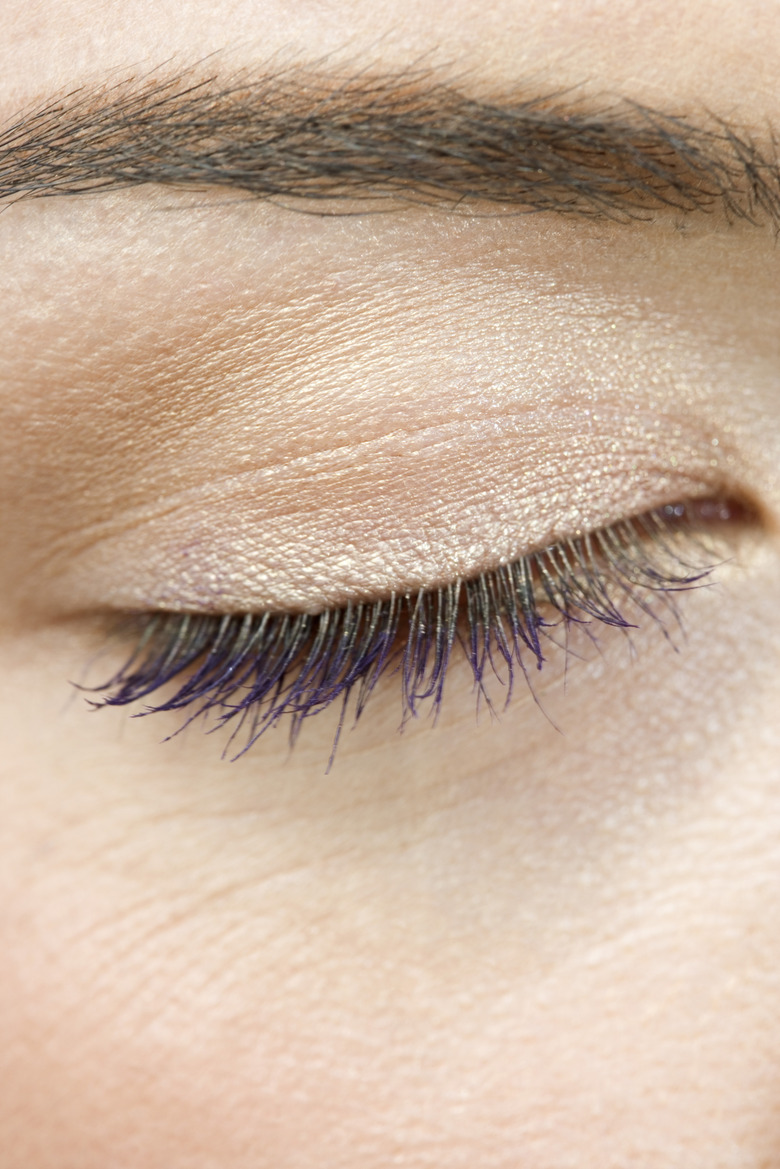Examples Of Genetic Characteristics
Genetic characteristics are the traits you inherit from your parents. They include your physical structure, your biochemistry and, to some extent, your behavior. Each of your parents contributes a set of 23 chromosomes containing deoxyribonucleic acid, or DNA. The two sets of chromosomes you receive contain all the genetic information needed to make you. The environment also plays a substantial role in how your genetic characteristics, especially the behavioral ones, are expressed.
Genes and Proteins
Genes and Proteins
DNA contains the code for building all the proteins in your body. Your proteins determine you physical characteristics. Enzymes are proteins that control your body chemistry. Only about 2 percent of the DNA in your chromosomes actually codes for proteins — these areas are called genes. Thanks to your mother and father, you have two copies of each gene, with some exceptions for males. The relationship between the two genes, or alleles, in a pair determines which one, if either, will dominate, or whether they both will express themselves equally.
Dominant Recessive Examples
Dominant Recessive Examples
A short glance in the mirror will reveal a number of genetic traits in which one allele dominates over the other. The dominant facial features include an oval-shaped face, widow's peak, long eyelashes, dimples and freckles. Recessive features include a square face, short eyelashes, a cleft chin, straight hairline, a slender unibrow and attached earlobes. Of course, most people have a mix of dominant and recessive traits, which is why each individual has a unique look. Your blood type is an example of the effects of codominant genes — only blood type O results from having two recessive genes. Types A and B are both dominant, and if you have one allele for each, your blood type is AB.
Sex-Linked Characteristics
Sex-Linked Characteristics
Genes on the X and Y sex chromosomes are sex-linked. Females have two copies of the X chromosome and thus have two alleles for each gene on the X. Males have an X and Y, which means they have a number of single-copy genes and are the only ones to inherit Y-linked traits. The consequence is that X-linked genes that are recessive in females are dominant in males. A common example is red-green color blindness, which occurs mostly in males. Being male also means that you are uniquely vulnerable to Y-linked genetic defects, such as infertility.
Genetic Disorders
Genetic Disorders
Some inherited characteristics result in genetic disorders. A mutation in a single gene can cause cystic fibrosis, sickle cell anemia and Huntington's disease, among others. Other disorders are due to the interaction of several different genes and can cause an individual to be susceptible to many diseases, including cancer, heart disease, high blood pressure, diabetes, arthritis and obesity. However, environment plays a role in whether these diseases actually develop and individuals can take steps, such as healthy eating and weight control, that might lower their risks.
Cite This Article
MLA
Finance, Eric Bank, MBA, MS. "Examples Of Genetic Characteristics" sciencing.com, https://www.sciencing.com/examples-genetic-characteristics-20131/. 24 April 2017.
APA
Finance, Eric Bank, MBA, MS. (2017, April 24). Examples Of Genetic Characteristics. sciencing.com. Retrieved from https://www.sciencing.com/examples-genetic-characteristics-20131/
Chicago
Finance, Eric Bank, MBA, MS. Examples Of Genetic Characteristics last modified August 30, 2022. https://www.sciencing.com/examples-genetic-characteristics-20131/
